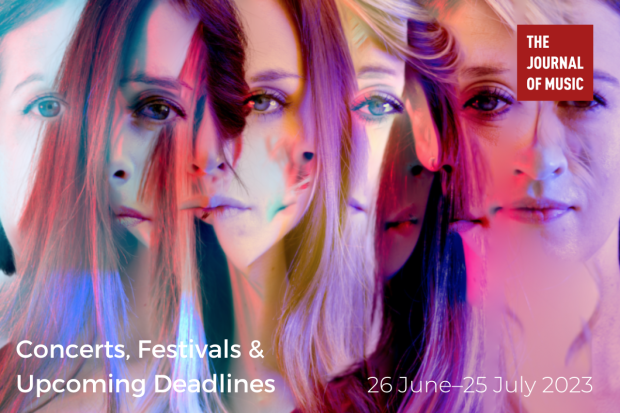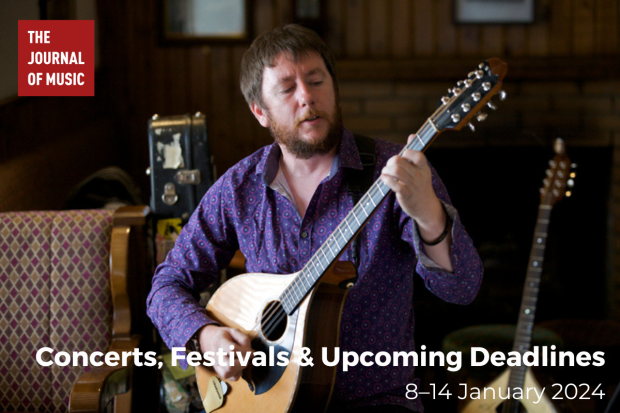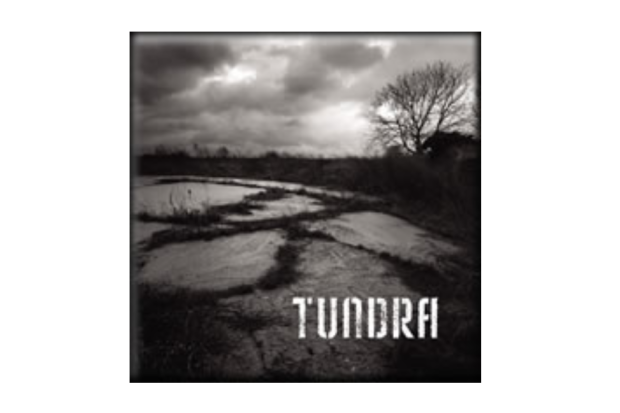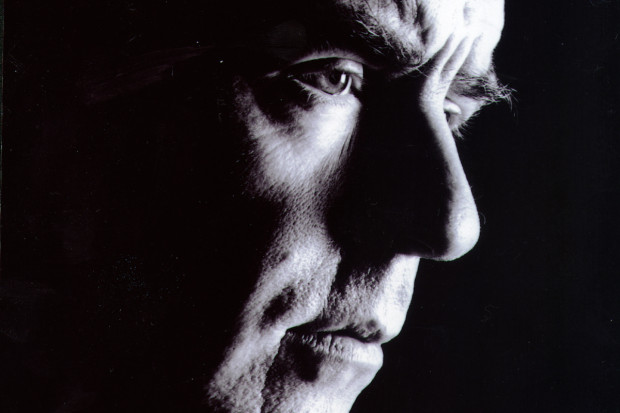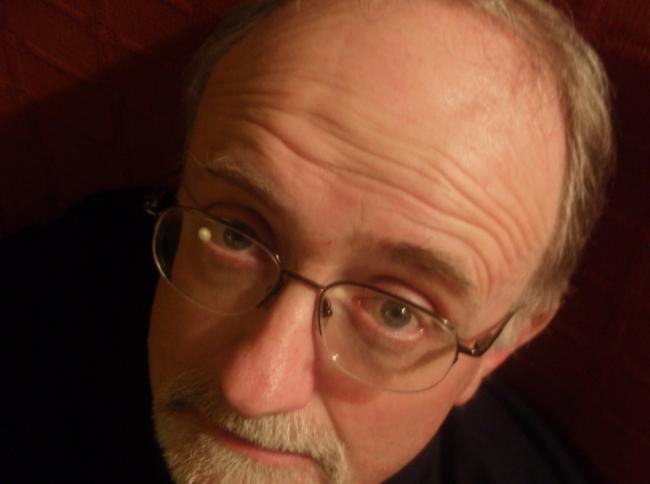
Raymond Deane
Don't Expect a Seachange in Music Education...
In 2001 my ensemble piece Seachanges (with danse macabre) became part of the Leaving Certificate syllabus for three years, following John Buckley’s Violin Sonata and Gerald Barry’s Piano Quartet I. I imagine that the piece was chosen because, while it employs a wide range of ‘academic’ compositional techniques, it is a fairly flamboyant work with strong extra-musical associations.
In the intervening period, I have spoken by invitation at a number of schools in Dublin and, under the auspices of Waltons New School of Music, have traveled to schools up and down the country publicly discussing my work with the indefatigable Arthur Sealy. The National Concert Hall in Dublin twice hosted the inaugurations of these tours.
Whether or not this experience was enlightening to the thousands of students with whom I thereby came into contact, it has certainly been a revelation for myself. These kids have strong opinions and the articulateness with which to express them, and again and again I heard the refrain: ‘I hated it at first and thought it was just cacophony, but repeated hearings changed my mind.’ Of course there are those whose minds never change, but perhaps if they were given more frequent opportunity to express their opinions to well-informed teachers who respected those opinions, it might be possible to broaden their focus.
However, I wish I could feel that the mere inclusion of a contemporary work on the music syllabus was anything more than a dutiful sop to the ideal of a comprehensive musical education. For one thing, the students come upon these recent pieces without any hint of music-historical context. For another, many of their teachers – however well-meaning – are themselves all too patently at sea with any music later than Ravel to be of much use in pointing students’ ears in the right direction. The appalling deficiencies of Irish musical education are self-perpetuating and circular.
Furthermore, while an initial factor in choosing Seachanges (with danse macabre) may have been its ready availability on a Black Box CD, a decision was subsequently made – without my knowledge or consent – to include the piece on a Cosmic Sounds CD given over entirely to the Leaving Cert. works. This means that while Mozart’s Piano Concerto in A major K488 is heard in its entirety on the new album, the Berlioz Symphonie Fantastique is represented only by the two set movements, and Seachanges (with danse macabre) is separated from the two other works constituting my Macabre Trilogy. This caters to the kind of ‘soundbite listening’ encouraged by Classic FM and to some degree by Lyric FM, while once again discouraging students from exploring context. It must also be regretted that the opportunity was not taken to set the movement from Berlioz’s Symphonie Fantastique that, in common with my piece, features the mediaeval Dies irae melody. This would have given the students an interesting basis for contrast and comparison.
When the 2002 Leaving Certificate examination came around, I was deeply disappointed by the nature of the questions set. Although the Mozart and Berlioz works were given their full titles, mine was referred to as Seachanges, the essential (with danse macabre) having been rudely dispensed with. The Higher Level and Ordinary Level papers both featured a lengthy musical extract on a single stave (the musical example was played three times). In the former paper, the following questions were asked:
(i) Name the two instruments playing the melody in imitation at the beginning of the excerpt.
(ii) In which bar of the excerpt is the guiro first heard? The rhythm played by the guiro is [three rhythms are given, one of which is to be chosen]
(iii) Describe the texture of the excerpt.
(iv) In which bar does the time signature change? Insert the new time signature…
(v) Identify and describe two instrumental techniques in this excerpt, excluding pizzicato and arco.
At Ordinary Level the questions were:
(i) This section of the work is called
• the main melody
• Totentanz
• Dies Irae
(ii) The two instruments which play the melody in bars 93-98 are
• cello and piccolo
• marimba and violin
• piano and guiro
(iii) Identify one bar in this extract which has a time signature of 7/4
(iv) Name the instrument that plays for the first time at X (in bar 115)
(v) Explain any two of the following used by Deane in Seachanges [sic] [there follow 9 technical terms or symbols]
It should be pointed out, in relation to Ordinary Level question (i) above, that the sections of Seachanges (with danse macabre) have no individual titles. Furthermore, the symbol X referred to in Ordinary Level question (iv) also appeared by mistake in the Higher Level paper where it had no function, thus confusing the students. The notion of ‘texture’ in Higher Level question (iii) is a peculiarly old-fashioned and academic one, designed to reduce a plurality of musical manifestations to a few banal common denominators, and should be dispensed with forthwith.
Most crucially, while the curriculum allows for questions concerning musical appreciation and comparative judgments at Higher Level, no such questions were in fact posed in 2002. Both papers were predicated on the assumption that a piece of music is a collection of symbols like a mathematical formula and that there is no relevant information that cannot be learned by rote. It must be said that the questions on Mozart and Berlioz were rather similar, so the only conclusion to be drawn is that the Department of Education has little interest in fostering musical appreciation at secondary level.
I wrote two letters putting some of these criticisms and observations to the Minister for Education, and to the Chief Inspector of Schools. While the former’s secretary acknowledged receipt of the letter, neither illustrious public official vouchsafed me the courtesy of a reply. I can only conclude that the opinion of a mere composer on the best way to introduce students to a work of his that happens to be on the curriculum is considered irrelevant if not presumptuous. Perhaps if Mozart and Berlioz could be extracted from the graves in which they are turning, the Department of Education might lend them an ear and offer them a reply – but I wouldn’t bet on it.
Published on 1 May 2003
Raymond Deane is a composer, pianist, author and activist. Together with the violinist Nigel Kennedy, he is a cultural ambassador of Music Harvest, an organisation seeking to create 'a platform for cultural events and dialogue between internationals and Palestinians...'.











